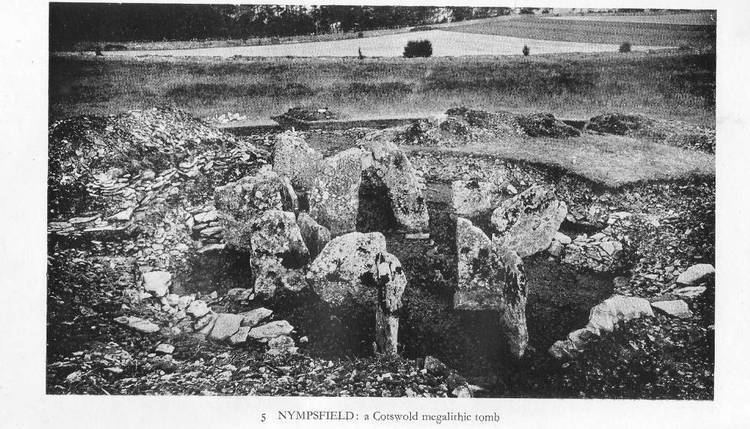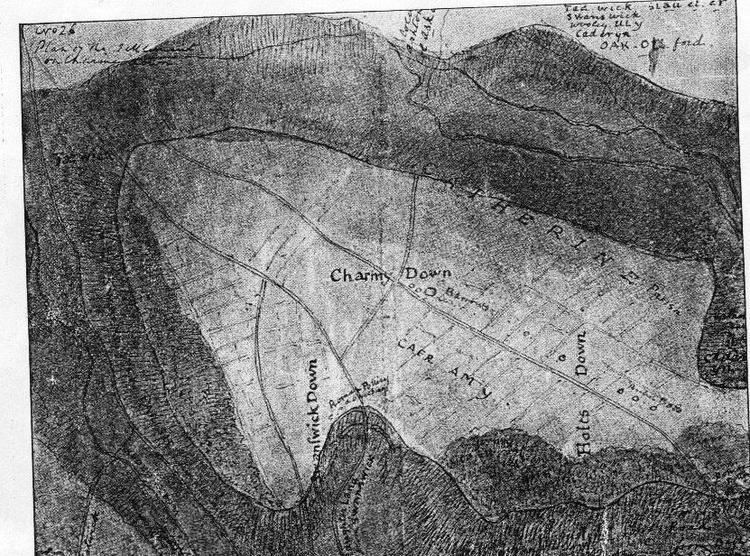Name John Skinner Role Archaeologist | Died 1839 | |
 | ||
Books John Skinner's Visit to the Channel Islands, August 1827 | ||
Inshore insider with john skinner respecting shallow water
The Rev. John Skinner (1772–1839) was a parish vicar and amateur antiquarian and archaeologist operating mainly in the area of Bath and the villages of northern Somerset in the early nineteenth century.
Contents

Life
Skinner was born in Claverton and educated at Oxford, before becoming vicar of Camerton, Somerset from 1800 to 1839. He excavated numerous antiquities, especially barrows, such as those at Priddy, Stoney Littleton and the site which later became RAF Charmy Down; and he made visits for antiquarian purposes to many places.
He carried excavations at Priddy Nine Barrows and Ashen Hill Barrow Cemeteries opening many of the barrows identified cremation burials in an oval cyst which was covered by a flat stone just below where ground level would have been in the Bronze Age. He also uncovered bronze daggers and spear head, decorative amber beads, a bronze ring and a small incense cup.
Before his role as the vicar of Camerton from 1800 to 1839, he worked in a lawyers office.
Writings
His journals (1803–34), published many years after his death, are reckoned to be an important historical document, and they are preserved at the British Library. He also left other manuscripts and published accounts of a West Country tour (1797), Hadrian's Wall (1801) and the isle of Anglesey (1802). His 1802 visit to Anglesey to see the island's Celtic remains, began by rowing across the Menai Strait to land at Llanidan. His view was that the Old Church of St Nidan "seems superior to the generality of Welsh buildings of the kind", with its double roof and two bells, but he also said that "the interior of the building has little to attract notice".
His tour of Wales in 1835, when he was 63, now consists of 4 bound volumes comprising descriptive text (rather difficult to read) and nearly 750 sketches, an average of 15 a day, starting with coastal scenes taken when on the packet from Bristol to Swansea, landscapes, castles, abbeys, cromlechs, inscribed stones and towns, but rarely mansions. His obsession with Roman roads is reflected in the illustrations – any road which was reasonably straight was sketched and commented on.
Death
Skinner committed suicide by shooting himself in 1839, despite which he may have been buried in consecrated ground at Camerton.
